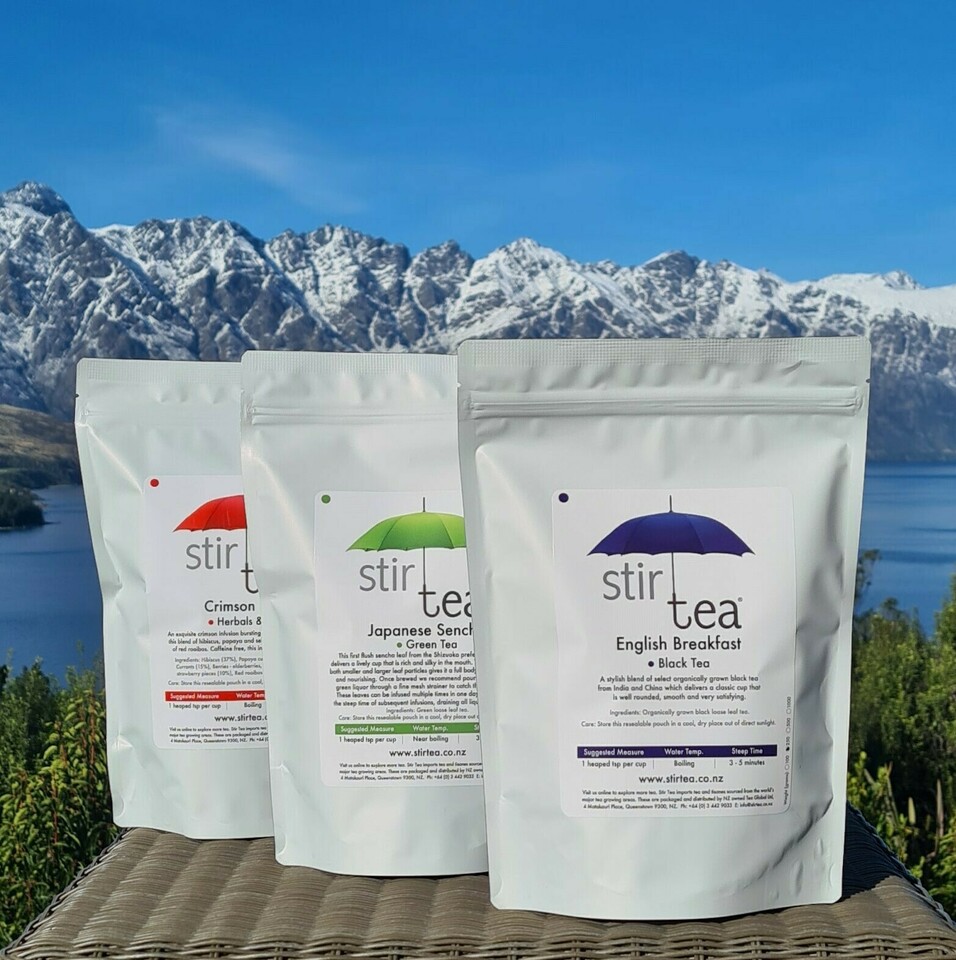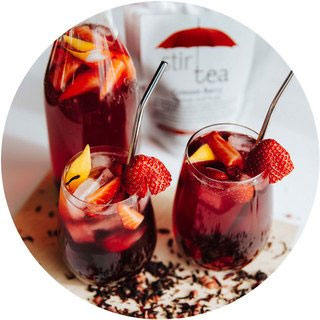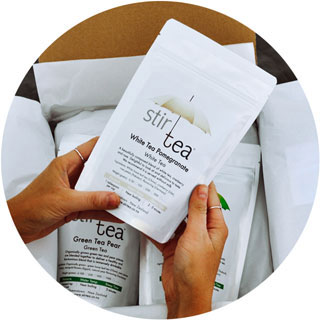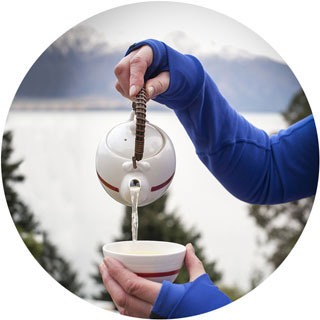Do you have a favourite tea cup? Is it a porcelain teacup with matching saucer? A pottery mug? Or a glass cup through which you can enjoy the colour of the brewed tea liquor?
Have you ever found that your tea drinking experience is not quite as pleasurable when it is served in a thick rimmed coffee cup as can so often happen when you are in a café. This was an interesting topic of discussion at Stir HQ recently so we decided to delve a little deeper. Read what we found out about how your choice of drinking vessel can enhance your tea experience.
Can Your Teacup Shape Influence Your Tea Drinking Experience?
A teacup is an indispensable accessory for tea drinking. Not only does it bring tea to your mouth, but it also helps to stimulate your senses. The material your cup is made from, the size, shape and lip thickness all play a role in influencing your tea drinking experience. According to the Tea Guardian, drinking tea from a bigger or wider cup can change the texture of your tea infusion. This is because heat dissipates quickly on the surface of your infusion in a wider cup.
The Tea Guardian also reported that when it comes to the teacup rim, the thinner the rim, the better the tea flows. For example, the classic teacup lip is curved on its rim, fitting perfectly against your lower lip and ensuring a smooth flow of tea. With a wider top half and narrow base, the classic teacup shape is better at cooling your tea, helping to keep the correct infusion texture. A cup that has straight sides or curves inwards though, does hold the aroma better, but can result in a loss of infusion texture.
Ellementry suggests that a teacup with a tapered thin lip delivers tea to your mouth more favourably, letting the tea glide onto your tongue for maximum taste bud exposure. They also point out that the inner surface of your cup should be smooth and non-porous, in order to ensure the tea retains its distinctive flavours and aroma. As a side note when it comes to teapots porous material is a quality valued in many tea drinking countries because of the very reason that it does retain tea flavours and aromas, effectively seasoning the teapot with each successive brew.
Interestingly enough, the handle on the teacup was not mentioned as having an impact upon the tea drinking experience for the senses. However, teacup handles were added to European teacups for a variety of reasons including the fact that black tea was brewed at higher temperatures than green tea in China. When drinking black tea from the saucer (where it was poured to cool down) was no longer fashionable, a handle was added. Another reason was that as time passed, tea became cheaper in Europe, resulting in an increased cup size. Once again a handle was added to make it easier to hold the cup, but this time for size and comfort rather than cup temperature.
In summary, when choosing your preferred tea drinking vessel you may wish to consider the following:
- a thinner teacup lip assists in tea gliding over your tongue differently and reaching more taste buds
- a thinner lipped teacup encourages mindful tea drinking, enhancing the experience
- a cup made with a porous material will capture some of the flavour and aroma of your tea
- a shallow or wider cup cools tea rapidly
- handles make it easier to hold the cup, so depending on the style of tea being served can contribute to the tea drinking experience.
We'd love to learn what your favourite tea drinking cup looks like. Feel free to drop us a line and share your teacup thoughts with us.
Posted: Tuesday 1 September 2020







